Gabby Petito’s body is not even cold. Investigation into her alleged murder has barely started. But, it was inevitable that someone would play the race card over the amount of coverage given to a pretty, blonde, white female.
That someone is MSNBC’s Joy-Ann Reid.
MSNBC host Joy Reid turned to race Monday while discussing the media’s coverage of missing 22-year-old Gabby Petito, dismissing the focus on the case as “missing White woman syndrome.”
During a segment on her show “The ReidOut,” Reid said while Petito’s family deserved “answers and justice,” she felt the same media attention didn’t apply to non-White people when they go missing.
“It goes without saying that no family should ever have to endure that kind of pain. And the Petito family certainly deserves answers and justice,” Reid said. “But the way this story has captivated the nation has many wondering, why not the same media attention when people of color go missing?”
Joy Ann Reid: Media is Reporting Gabby Petito's disappearance as "Missing White Woman Syndrome." pic.twitter.com/8lTSRm2J9z
— The Post Millennial (@TPostMillennial) September 21, 2021
Reid is not wrong. I have never understood why, when a white female goes missing, it’s wall-to-wall coverage. However, when a Black or Hispanic female goes missing, the coverage is less frenzied, more measured, and exits the news cycle within days.
Reid re-coins the late journalist Gwen Ifill’s term, “Missing White Woman Syndrome”, then finished her introduction to bring on representatives from the Black and Missing Foundation, and Not Our Native Daughters Foundation to discuss this “syndrome”, while calling out the media on its hyper focus with missing women of a certain race.
In this, Reid fails to address the elephant in the room. Herself. Hello, Joy?! YOU ARE THE MEDIA! You are one of the few Black female hosts of her own news show. One would think that a person with Reid’s platform could use it to highlight the plight of missing Black women and girls, and make it a more credible and consistent focus, where the other media outlets do not.
Reid even admits her ignorance with the panelists, when her friend brought to light the case of missing geologist Daniel Robinson,
“I never heard of it until this friend of mine sent it to me… and I guess, that’s the issue, isn’t it?”
Yah think? So why doesn’t she change this? How about a weekly segment like this one to start. Reid could carve out a real niche here, while polishing her “sistah” creds and plumping her analyst voice.
In 2017, there was a huge story about young, Black girls missing in Washington, DC. It raised concerns that D.C. Metro Police may have been involved in sex trafficking, particularly in light of two 2013 cases which resulted in the conviction of two cops: one who was pimping out teenaged Black girls, another who was using a 15-year old Black girl in child pornography.
From the Daily Mail U.K.:
Concerns have been raised about the possibility that Washington, DC cops could be involved in sex trafficking after a tweet about missing black girls in the city went viral.
On Thursday a tweet claiming that 14 black girls vanished in 24 hours in the city went viral. That claim was inaccurate, but still caused a stir, with celebrity support from celebs including Sean ‘Diddy’ Combs and LL Cool J.
But now some are suggesting that the police could be in on the disappearances, citing two cases from 2013 involving DC police officers who sexually abused minors.
In December of 2013, DC cop Linwood Barnhill Jr, then 48, was arrested for acting as a pimp to two teenage girls after a missing 16-year-old was found in his home.
She told cops Barnhill asked at a mall if she would be interested in modeling, then took photos of her clothed and unclothed, and arranged to take her to a sexual encounter with a man, although that meeting didn’t happen.
Two other girls – one 15, one 17 – also said that Barnhill had asked them separately to model for him, both clothed and unclothed.
DC women and teen girls who were reported missing in 2017 who have NOT been found.
#HANDSOFF OUR SISTER #FINDOURGIRLS #BLACKGIRLSMISSING #BlackFistLifted #MISSINGBLACKGIRLS #Ncredible #BLMNY pic.twitter.com/w5hN24zXSv
— BLM Greater New York (@BLMGreaterNY) March 30, 2017
The 2017 cases launched a viral movement across social media. Even the Congressional Black Caucus sent a letter to then-FBI Director James Comey asking for the issue of missing Black women and its connection to sex trafficking be addressed. After seeing the botched job the FBI did with the U.S.A Gymnastics team and the Larry Nassar sex abuse case, we see why it was never addressed.
But Joy Reid is in D.C. isn’t she? Or at least she reports on D.C. Where was she on this story? How did she use her platform to give this issue, that not only addresses race, but socioeconomic status and access, more oxygen and attention?
My cursory search of the Internet rendered nothing in Joy Reid’s reporting while she has been at MSNBC. Her Wikipedia entry talked about reporting for which she received plaudits and awards; none of it addressed the plight of missing women and girls of color. I guess Reid was too busy back then sparring with then-President Donald J. Trump on Twitter and finding racism under every rock.
Reid is still at it—finding racism under every rock, that is. The two huge hits that came up in my searches: Reid defending stabber Ma’Khia Bryant after being righteously ventilated by a white police officer while Bryant was about to lunge her knife into another Black girl at their foster home. Lately, Reid has been busy sparring with Nicki Minaj about how Minaj uses her platform. Perhaps Reid needs to take a closer look at how she’s wasting her own.
As Reid’s panelists point out, missing Black women and girls, as well as missing Hispanic and Native American women and girls, continue to be an ongoing crisis. The death of Gabby Petito is tragic—any case such as this is. However, Petito’s story and investigation received more coverage over two weeks, than most missing Black or Hispanic women get in a year. Studies have shown that in terms of media coverage, Black and Hispanic girls and women get short shrift across all outlets: national, local, Black, Hispanic, or Green. Native American women and girls? I don’t recall any coverage beyond local.
Critical race feminists posit that perceptions of White and minority females differ, which suggests that media representations will vary among female crime victims. To explore this proposition, we examined front-page crime stories from four different U.S. newspapers using Altheide’s approach to qualitative document analysis. We found that stories about White female victims received more repeated coverage and were more likely to contain sympathetic narratives than stories about Latina/Black female victims. In contrast, Latina/Black female victims were more likely to be portrayed as risk-takers and “bad” women, and their victimization was normalized through descriptions of their unsafe environments.
Hundreds of young black girls go missing and the media portrays them as “runaways” instead of bringing more awareness to this issue. Please take the time to look throught it and RT would be appreciated. Let’s work together to find these girls #findourgirls #missingblackgirls pic.twitter.com/hM2DD3stbp
— 𝖕𝖑𝖊𝖆𝖘𝖆𝖓𝖙 ❦. (@pinkklick) June 9, 2019
The above tweet is accurate, and Reid does point this out with her panel. The immediate narrative for missing Black women and girls is usually set before an investigation even begins. In 2017, during the Congressional Black Caucus panels on Capitol Hill concerning those missing Black Girls, one mother explained to the Huffington Post how the police immediately assumed her daughter was a runaway, even before ascertaining the facts of the case:
Linda Scott wanted answers. Washington‘s Metropolitan Police Department reported last month that 10 teenage girls were ‘critically missing.'[1] But during a Capitol Hill panel discussion on the problem Wednesday, the talk was mostly of runaways. Scott, a hair salon owner who traveled from Baltimore to attend the session, pointed out another part of the story. ‘These kids are not just running away,’ she told the discussion hosted by the Congressional Caucus on Black Women and Girls. ‘My daughter was almost abducted and I don’t want us to think that all of these kids coming up missing are running away, and nobody on this panel addressed that.’ Scott said three men tried to snatch her 16-year-old daughter during a bus ride from the salon to their home a few weeks ago.
A day earlier, the men had tried to gain entry to her hair salon under the pretense of selling merchandise to patrons. Scott filed a police report and said she stopped by the police station seven times to follow up, but hasn’t heard back from the department. ‘When you say connect with our local resources, I sit at the community meetings What do I do now?’ Scott asked panelists.
these babies are still missing. #MissingBlackGirls #PROTECTBLACKWOMEN pic.twitter.com/rD1aHMZXUs
— soroitysix (@sororitysix) June 17, 2020
These are tweets from last year and the tweet below is the most recent. Black women and girls are still going missing, and the media is still ignoring them. Where Reid can move the needle on this, and turn it from another racist rant to something actionable, is to use The ReidOut to spotlight these missing women and girls and change the trajectory of the coverage.
This is Dejah. 17 years old, special needs, #Missing since last night. Lives in Prince George’s County, Maryland. Contact PG County police. @nbcwashington #missingchildren #missingblackgirls pic.twitter.com/xlQsCMrckK
— Still Lisa ✊🏾 (@StillLisa) June 3, 2021
Or will Reid continue in the vein of her media peers and go for the easy clicks, ratings, and coverage?
I’ll wait to see what transpires.
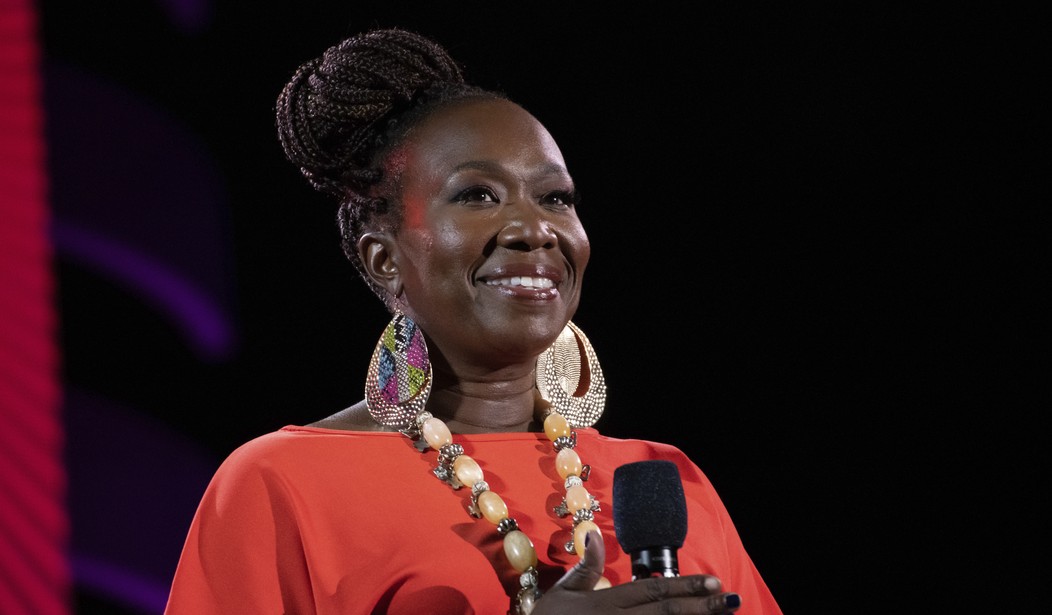
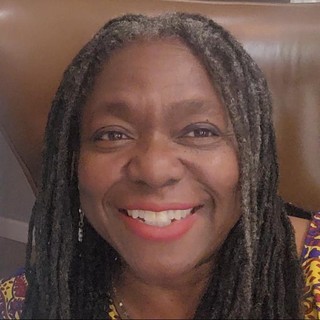
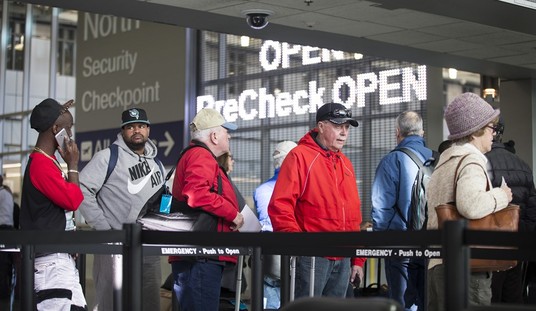


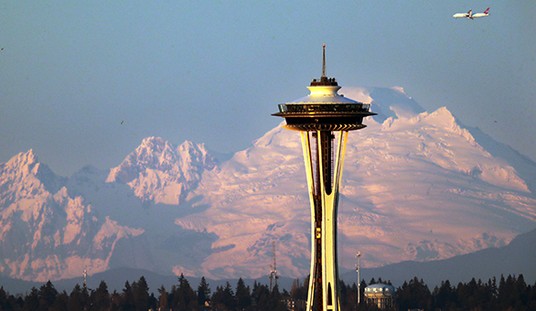


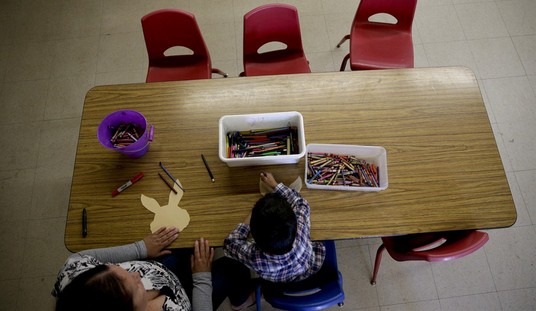




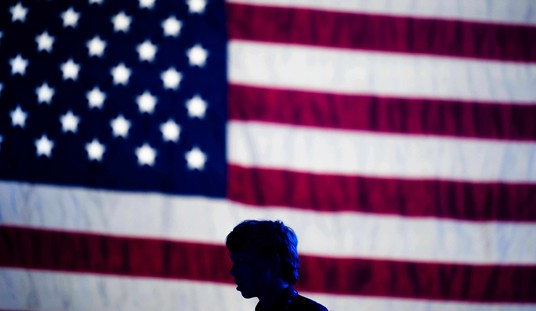
Join the conversation as a VIP Member